Explore the Basic Terms of Power Lithium Battery
Power lithium battery as the power source of current mainstream electric vehicles, energy storage systems and other fields, its related terms cover a lot of professional knowledge. This article will introduce the basic terms of power lithium battery to help readers better understand and master the relevant knowledge in this field.
- Lithium Battery (Lithium-ion Battery)
lithium battery is a kind of battery that uses lithium ion to transfer and move back and forth between positive and negative poles to store and release electric energy. It has the characteristics of high energy density, long cycle life and lighter, and is one of the most commonly used battery types in electric vehicles and mobile devices at present.
- Battery Capacity (Battery Capacity)
battery capacity refers to the amount of electrical energy that a battery can store, usually expressed in ampere (Ah) or Watt (Wh). The larger the battery capacity, the more electric energy the battery stores, which can support the longer use of equipment or vehicles.
- Charge/Discharge Cycle Life
charge-discharge cycle life refers to the number of charge-discharge cycles that the battery can perform, and is an important indicator to measure the service life of the battery. Power lithium batteries usually have a long charging and discharging cycle life, which can support long-term reliable use of vehicles or equipment.
- Energy Density (Energy Density)
energy density refers to the energy storage density of the battery per unit volume or per unit mass, which is usually expressed in watt-hour/liter or watt-hour/kg. The power lithium battery has high energy density and can provide higher energy storage capacity, which is suitable for application scenarios with limited battery weight and volume.
- Charging Rate (Charging Rate)
the charging rate refers to the acceptable charging current of the battery, which is usually expressed as a multiple of the battery capacity. A higher charging rate means that the battery can be charged faster, which is very important to improve the efficiency and convenience of the battery.
- Discharge Platform (Discharge Platform)
discharge platform refers to the voltage stability stage of the battery during use, also known as the working voltage range of the battery. Understanding the discharge platform of the battery is helpful to reasonably arrange the use and management of the battery and prolong the service life of the battery.
- Battery Management System (Battery Management System,BMS)
battery Management System is a system that monitors and manages battery status, including monitoring battery temperature, voltage, charge and discharge status and other parameters to ensure that the battery works in a safe and efficient state. BMS plays a vital role in the power lithium battery, ensuring the safety and stability of the battery system.
- Thermal Runaway (Thermal Runaway)
thermal runaway refers to the phenomenon that the battery overheats and triggers a chain reaction under abnormal circumstances, leading to the explosion or fire of the battery. For power lithium batteries, avoiding thermal runaway is a crucial safety issue. Design and management measures are needed to reduce the risk of thermal runaway.
The basic term of power lithium battery covers the physical characteristics, performance parameters, safety management and other aspects of the battery. For professionals engaged in electric vehicles, energy storage systems and other fields as well as ordinary users, it is very important to understand these terms. Through the introduction of this article, I hope readers can have a more comprehensive understanding of the basic terms of power lithium battery, and apply and understand them in practical application.
 Dongguan Juneng New Energy Technology Co., Ltd.
Dongguan Juneng New Energy Technology Co., Ltd.
 137 5142 6524(Miss Gao)
137 5142 6524(Miss Gao)
 susiegao@power-ing.com
susiegao@power-ing.com
 Xinghuiyuan High tech Industrial Park, Dalang Town, Dongguan City, Guangdong Province
Xinghuiyuan High tech Industrial Park, Dalang Town, Dongguan City, Guangdong Province


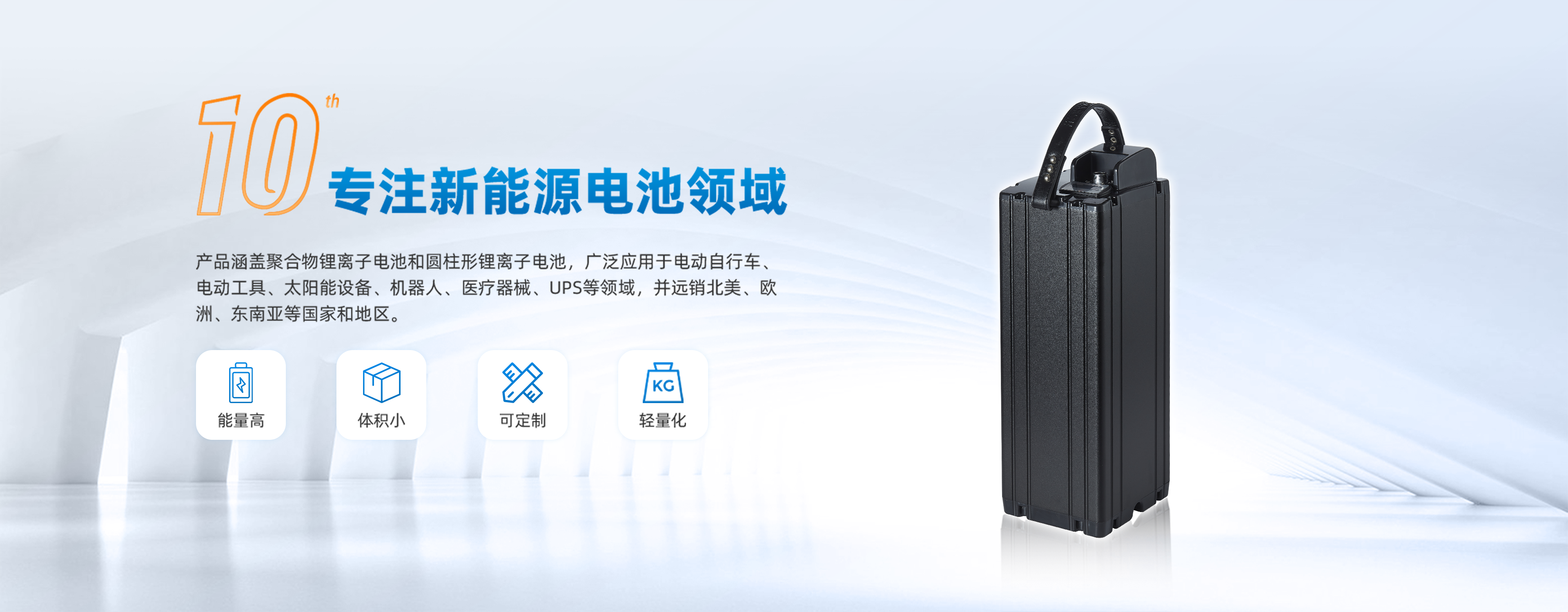
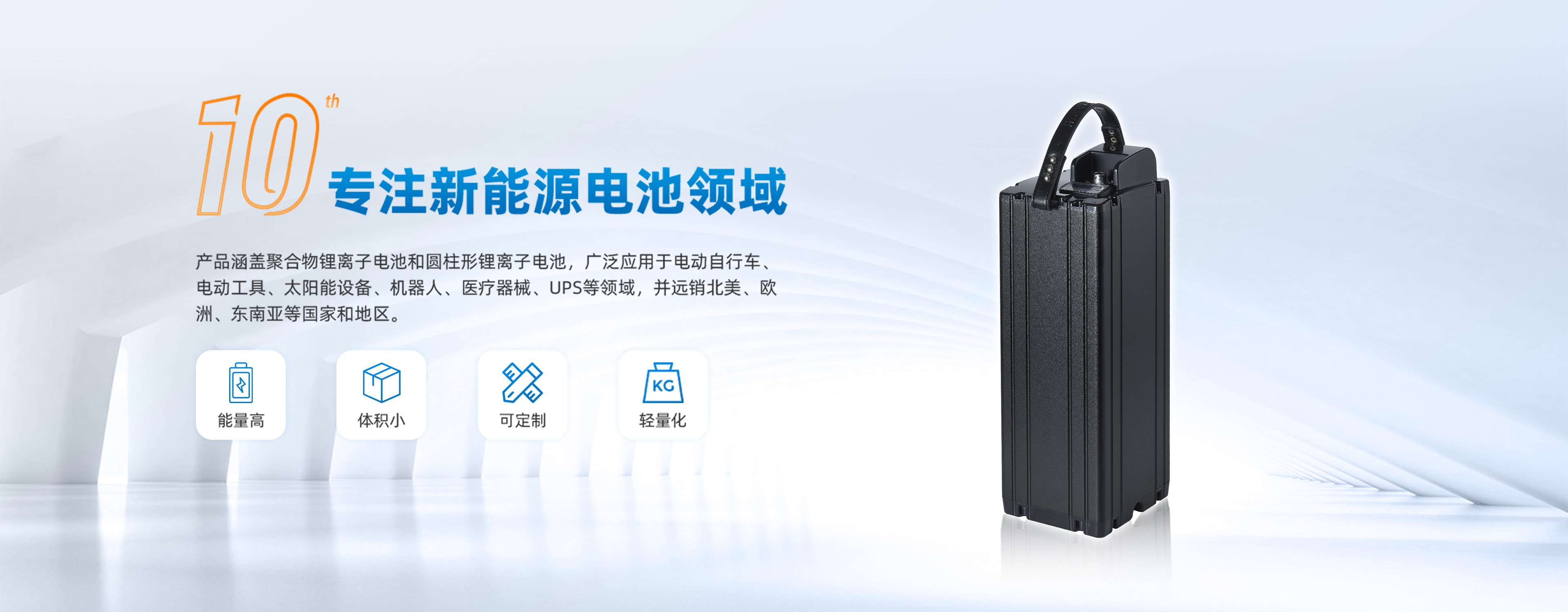
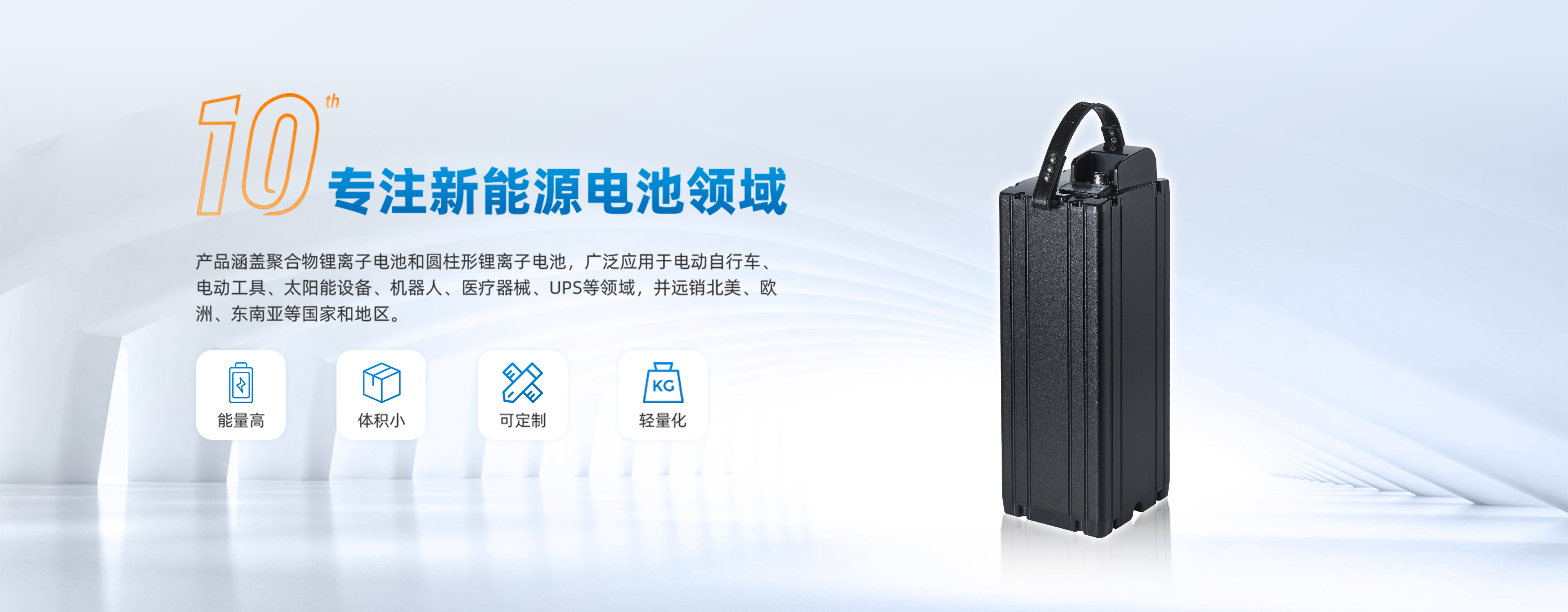



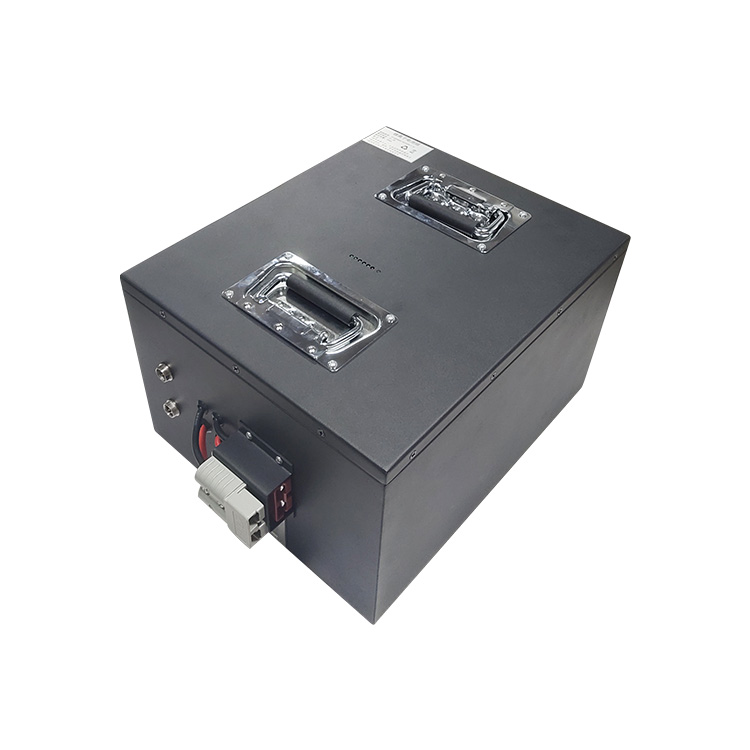


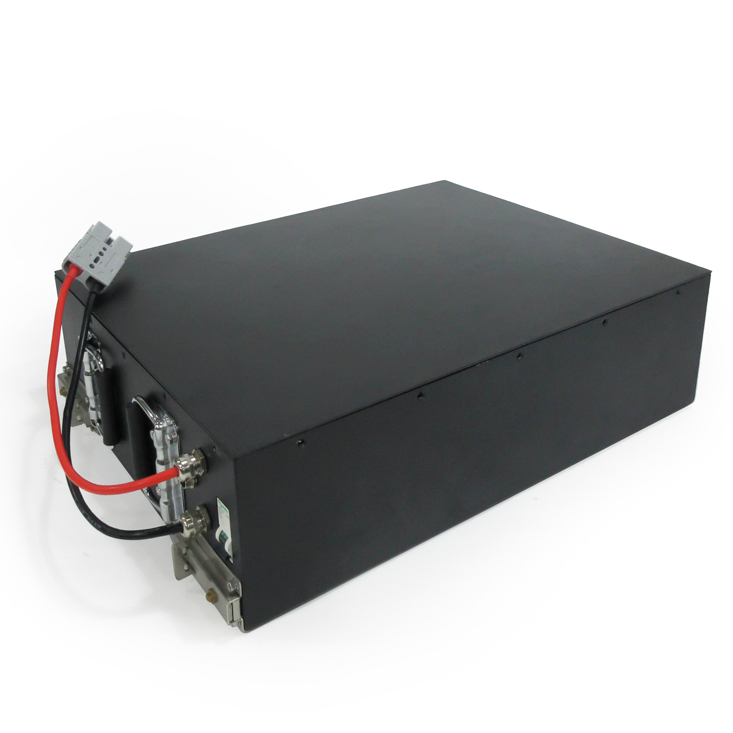

 Yue Gong Wang An Bei No. 4419002007491
Yue Gong Wang An Bei No. 4419002007491